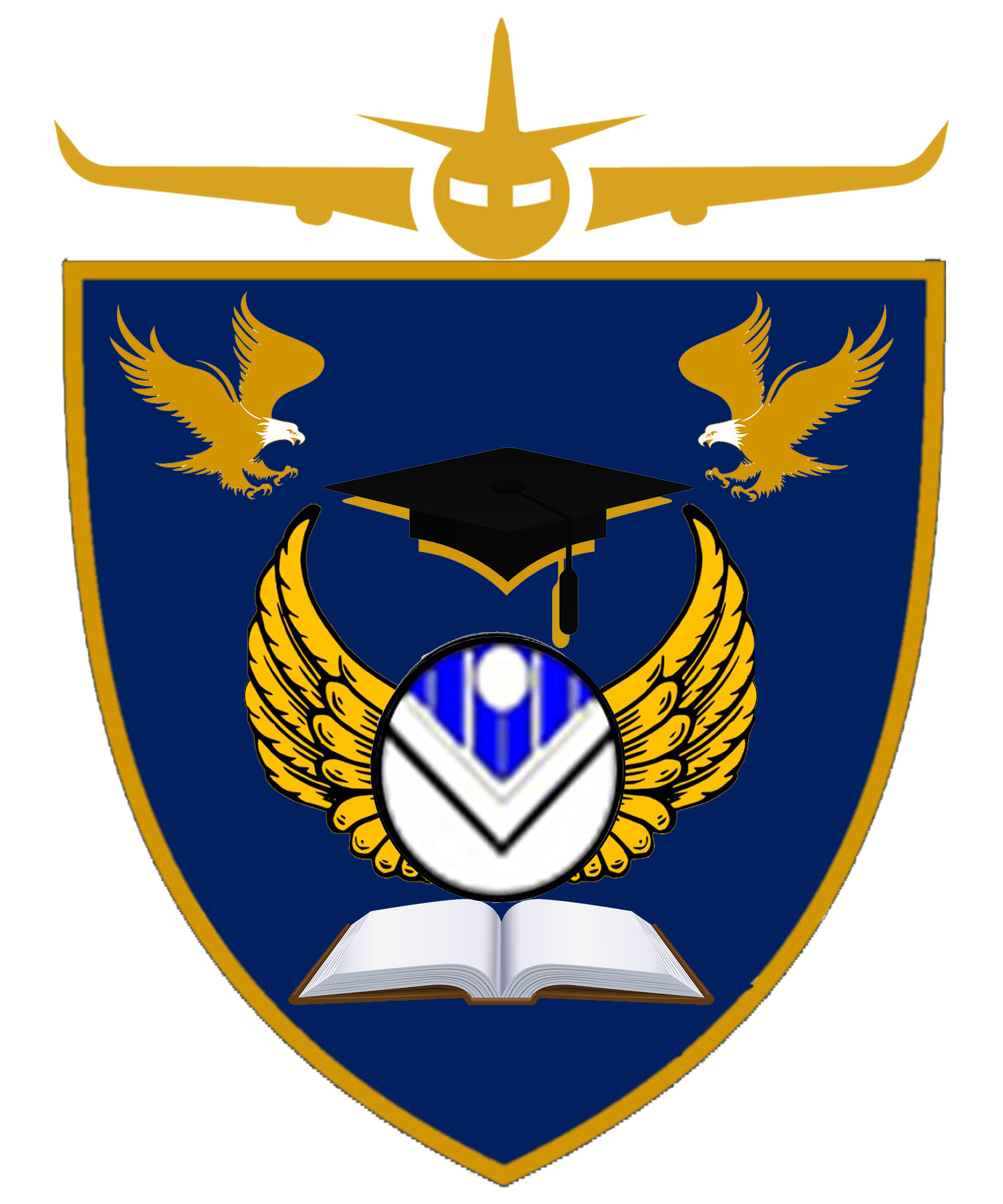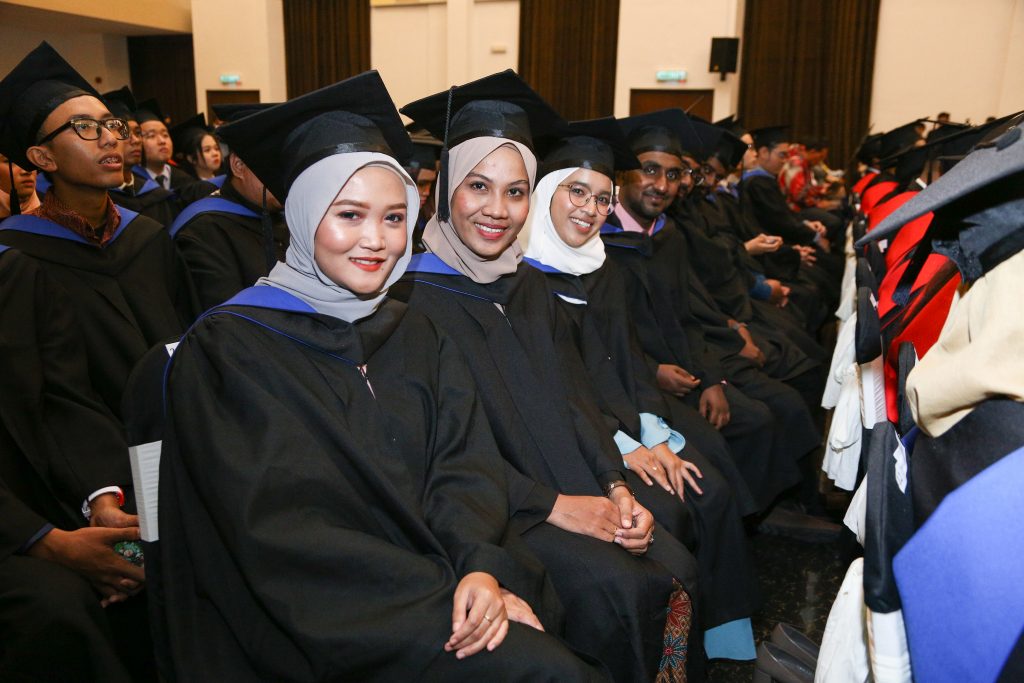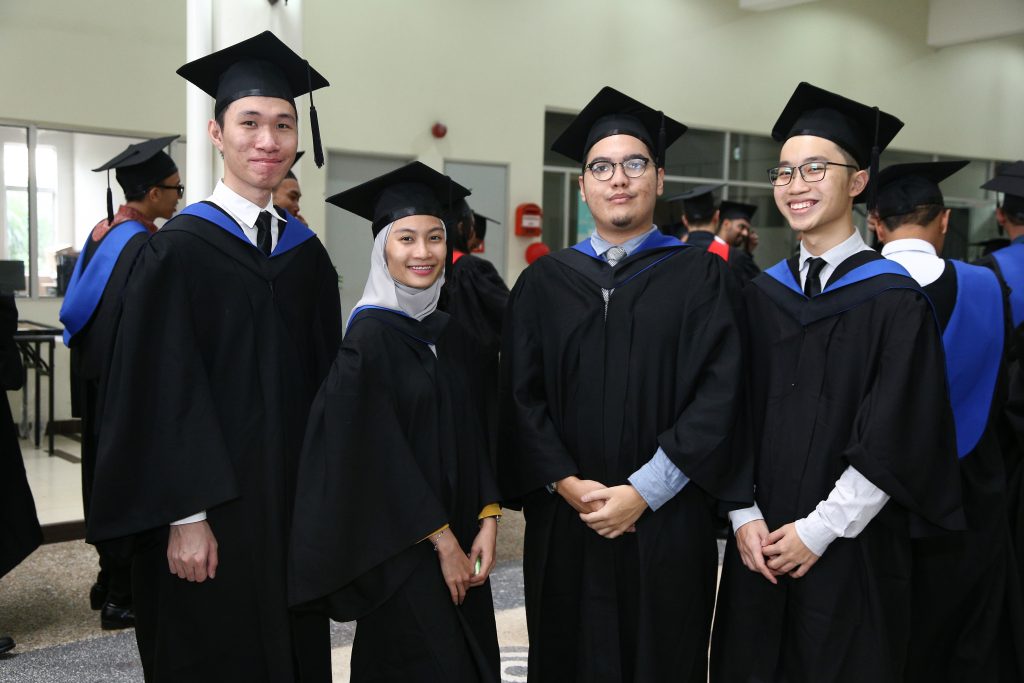BACHELOR DEGREE
BACHELOR OF SCIENCE IN AERONAUTICS TECHNOLOGY (BAT)
(N/525/6/0109)(10/28)(MQA/PA 14943)
Bachelor of Science in Aeronautics Technology is a program that focuses on the study of aeronautical technology and engineering principles. Students learn about aircraft design, maintenance, avionics, propulsion systems, and aerodynamics. Graduates are prepared for careers in aircraft manufacturing, maintenance, aviation technology, or related fields in the aerospace industry.
QUICK FACT
Duration
3 years
Credit Hour
120 Credit Hour
Majoring
- Avionics
- Aircraft Maintenance


